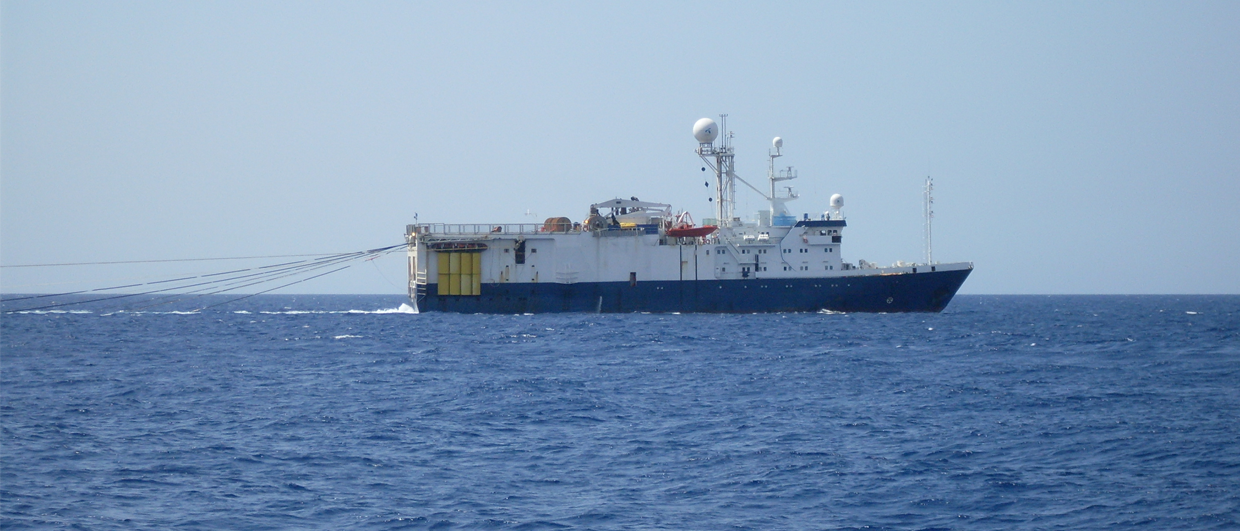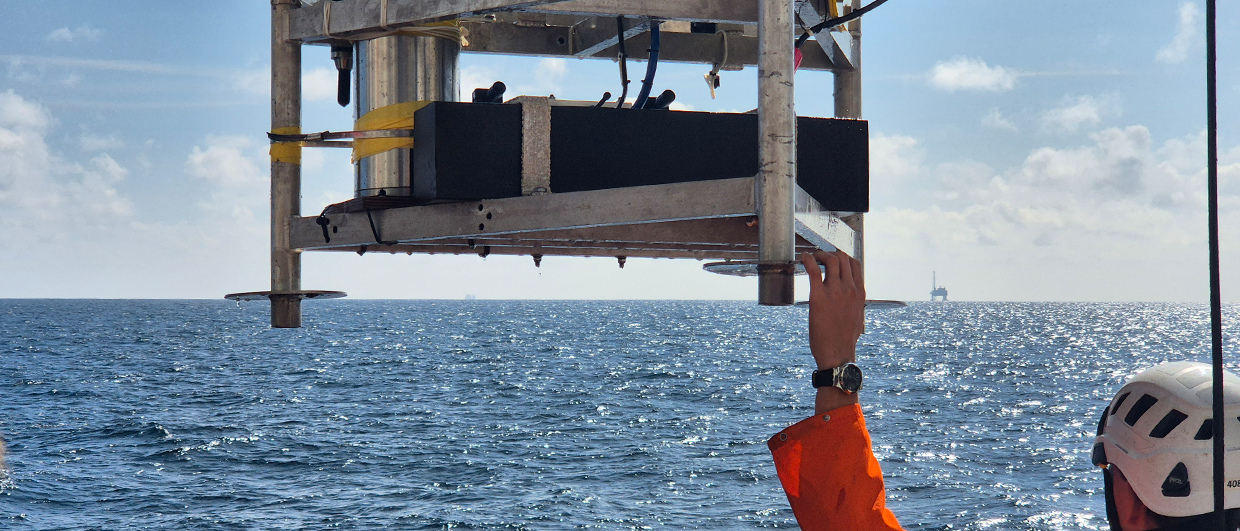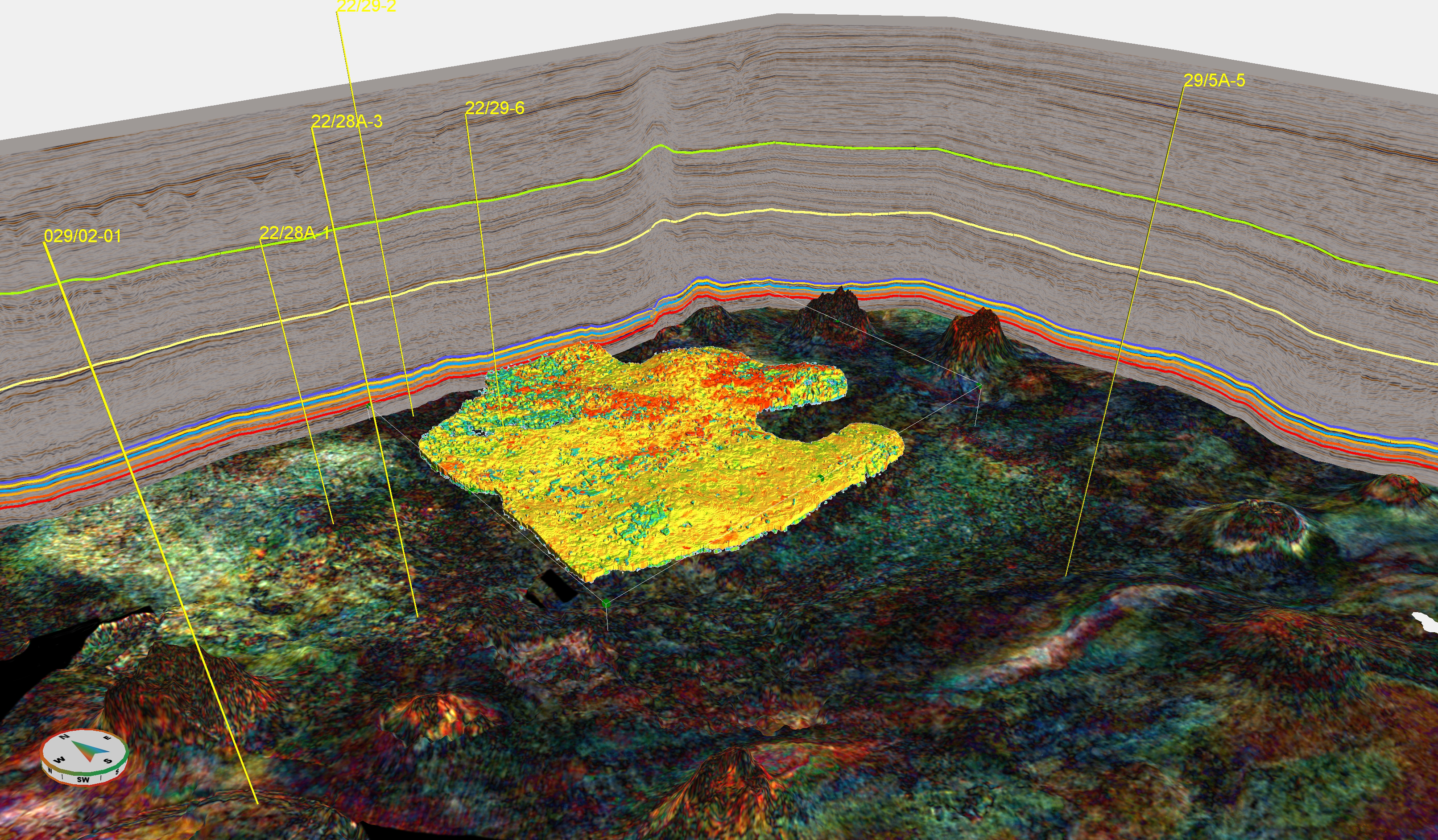Aker BP was awarded the biannual Exploration Revived Award for the Frosk oil discovery. The Norwegian Petroleum Society (NPF) recognized Aker BP for the following reasons: Frosk is an excellent example of success from integrated G&G work in a mature area. Aker BP’s geoscientists have persistently matured this under-explored play concept on the NCS by means of producing field analogues as well as improved imaging technology and demonstrated a significant upside potential. Frosk, a near Alvheim discovery targeting Paleocene sands injected into Eocene strata has implications for a much larger area on the NCS including the UKCS. Immediately after the discovery was made, the operator announced an aggressive exploration and appraisal campaign to rapidly unlock the area potential. The Frosk discovery has contributed to an increased interest for the injectite play. Earlier this year, the first follow-up success, the Froskelår discovery, was announced.
It was Øyvind Husby, VP Exploration North Sea licenses in Aker BP who held a technical presentation about Frosk and Froskelår on the conference itself. He talked about the success story in the Alvheim area and more specifically the injectite play (Read also “Revival of the injectite play”). The basis for their current exploration campaign in the area was a Regional “technical limit” reprocessing they did in 2014 covering 3000 square km in order to obtain a common dataset over all fields and prospects. The lower frequencies were improved, and the imaging provided new detail on the injectites. Husby said that the porosity in the injectite sands is so high that hydrocarbons are not visible on seismic, but sand presence can be mapped in detail.

Aker BP is right now finishing the 24/9-12A side-track on Froskelår Main and soon the results will be known. The sidetrack is a horizontal well to test the lateral extent of the injectites. The main wellbore was an oil and gas discovery with excellent reservoir properties and estimated resources between 45 and 153 mmboe (“Oil and gas in Froskelår”).
The other finalists for the Exploration Revived award were: Lundin for horizontal appraisal wells drilled to confirm productivity in complex, less known reservoirs; Equinor for the Cape Vulture discovery and OMV for the Cretaceous Hades and Jurassic Iris discoveries.
The intention behind the Exploration Revived award is to stimulate exploration on the Norwegian shelf. Future exploration will for sure look different from the past, -new ideas can unlock potential – missed pays. The willingness to push new technology and methods to derisk prospect and reduce risk in the appraisal phase, risk drilling dry wells, and revisit old “truths” are needed to succeed.





